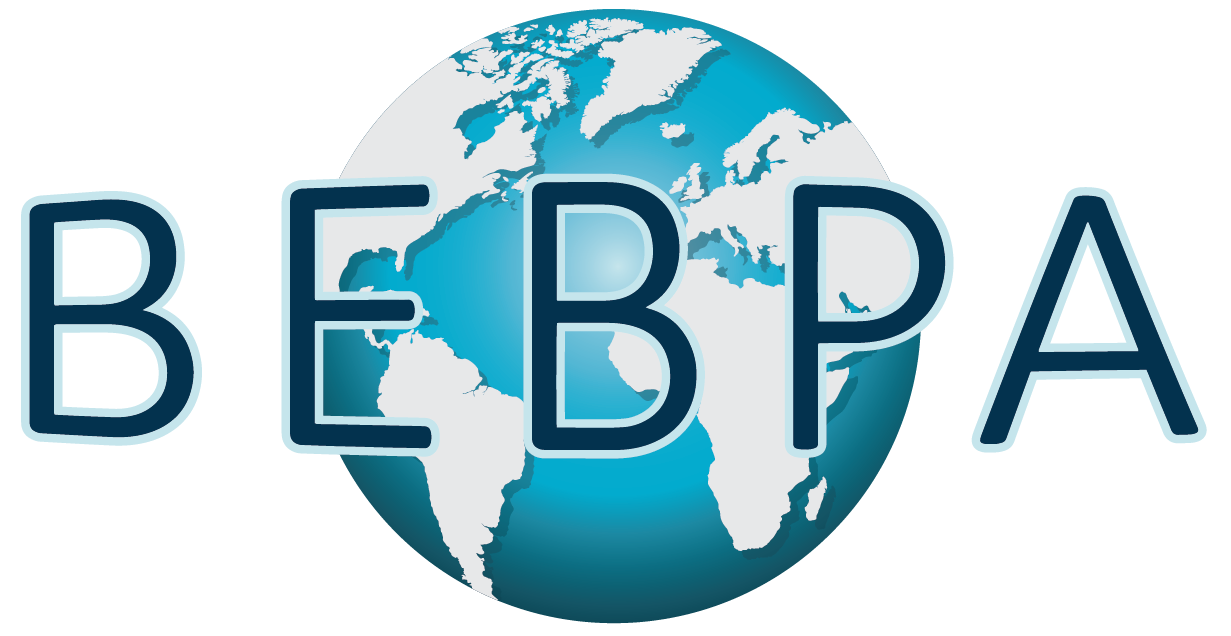BEBPA Blog
Tech Briefing: FDA Guidances for Assessing and Assuring the Potency of Cell and Gene Therapy Products
The FDA has two guidances about the potency of Cell and Gene Therapies (CGT). The most recent was released December 2023 entitled Potency Assurance for Cellular and Gene Therapy Products Draft Guidance for Industry. The older guidance entitled Guidance for Industry Potency Tests for Cellular and Gene Therapy Products has been around since 2011.
As indicated by the two different titles, the scope of the two guidances are quite different. The older guidance is specifically about the potency assay. It delineates that requirements for CGT products potency assays are similar to potency assays of other product types. It discusses that one must consider the mechanism of action (MOA) of the therapeutic drug when developing any potency assay. In the case of a gene therapy it is typical that there is a single active ingredient (the gene being expressed in the product), however, it is also critical that the vector must be capable of being transferred into the target cells in the patient. Therefore, the potency assay should incorporate both a measure of gene transfer and the biological effect of the transferred gene.
However, cell therapies are quite different. Hundreds of different molecules may be released by the cellular product, all of which might or might not be considered “active ingredients”. In this case, it is up to the product development team to develop a set of assays to determine the consistency of manufacture of lots assuring potency. This might entail multiple assays, some of which might not be biological assays.
Further, the guidance points out that the potency assays must be quantitative, validated and contain some type of product reference and/or product control to confirm that the assay run in question is reliable and may be used to support product release.
This is the older guidance. What about the newly minted guidance which has been released for comment? It has a much larger scope than the older guidance as it discusses the overall control strategy for assuring potency of a cell or gene therapy product. The guidance specifically states:
“A potency assurance strategy is a multifaceted approach that reduces risks to the potency of a product through manufacturing process design, manufacturing process control, material control, in-process testing, and potency lot release assays.”
According to this guidance the control strategy should include the following elements:
- A manufacturing process designed and qualified to assure potency of the product and uniformity of the product from lot to lot.
- The materials used for manufacturing may affect the product’s potency. Materials should meet suitable specifications before being used in the manufacturing process.
- Containers, closures, and product-contact equipment should be evaluated for potential adverse effects on product potency.
- Manufacturing process controls and in-process testing should be adequate to help assure potency of the product.
- Potency assays used for lot release should be verified to be suitable for their intended purpose (able to measure potency with sufficient specificity, accuracy and/or precision over the reportable range of the assay). Potency assay performance characteristics should be established under actual conditions of use and documented during assay qualification and validation.
- Phase-appropriate assays and acceptance criteria for potency should be established, and lots that fail to meet acceptance criteria should be rejected.
The guidance has several sections about the quality risk management of the potency assurance program. Two elements of this risk management are of particular interest to potency assay development teams include:
Quality target product profile (QTPP). A QTPP should include a summary of the potency-related characteristics of the product. The QTPP should be developed based on your understanding of the product’s mechanism of action (MOA), the intended clinical indication, and the route of administration.
Critical quality attribute (CQA). Potency-related CQAs are attributes of the product that are important for achieving the intended therapeutic effect. You should identify the potency-related CQAs of your product to the extent needed to establish a phase-appropriate control strategy. Your manufacturing process should consistently produce lots that have all CQAs within appropriate pre-determined limits.
The crux of the problem for potency assay development teams is to have a clear understanding of a product’s MOA . This is important when identifying the product’s potency related CQAs. As mentioned in the earlier guidance CGT products often have multiple activities, and the specific activities that are most relevant to the therapeutic effect may depend on the targeted disease or condition. Therefore, one must consider the intended clinical indication when determining which quality attributes are relevant to the MOA and critical for product potency. This becomes a critical step as we develop cellular therapies, such as stem cell therapies, to be utilized for a variety of clinical targets. A stem cell used to treat pain may not have the same MOA as the same cell line used to treat arthritis. Therefore, the same product might have a different manufacturing process as well as a different set of potency and content assays.
In the upcoming BEBPA US Bioassay Conference, we will be dedicating an entire interest group session to a discussion about the CGT potency guidances and how we interpret these guidances and utilize them to help guide our daily activities.
Cell and Gene Therapy Interest Group
Run and Moderated by M. Sadick PhD, Imugene and L. Little PhD, BEBPA
